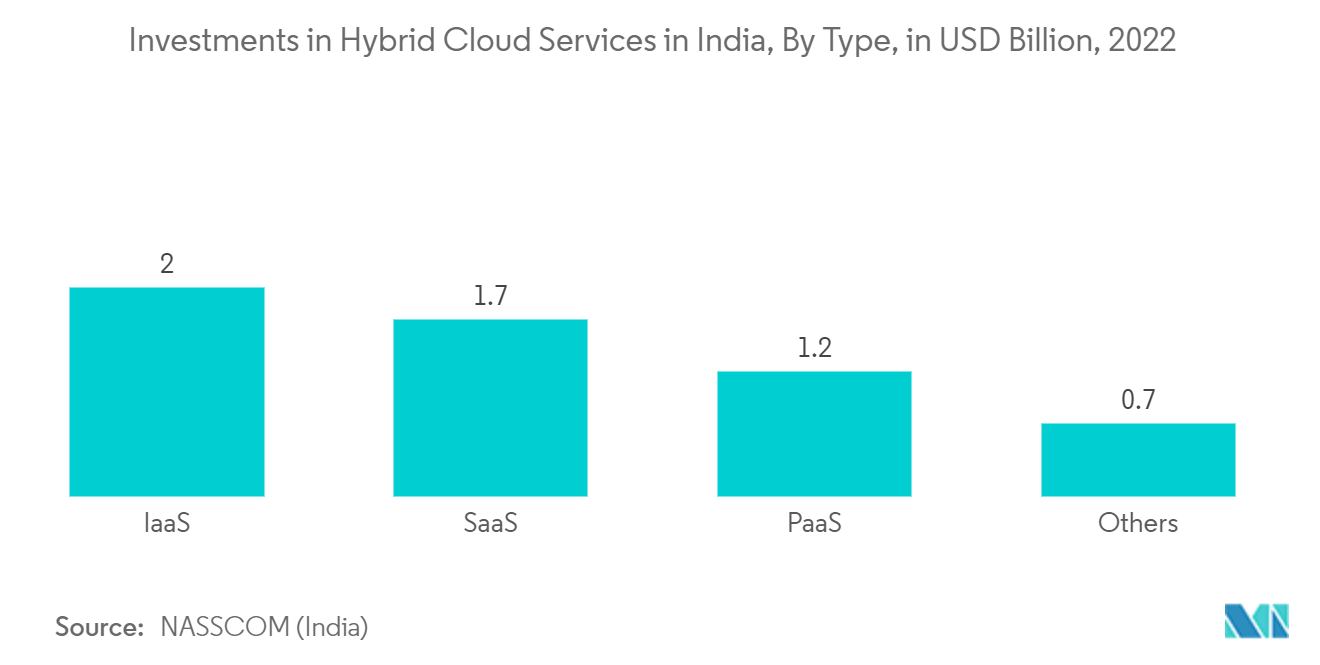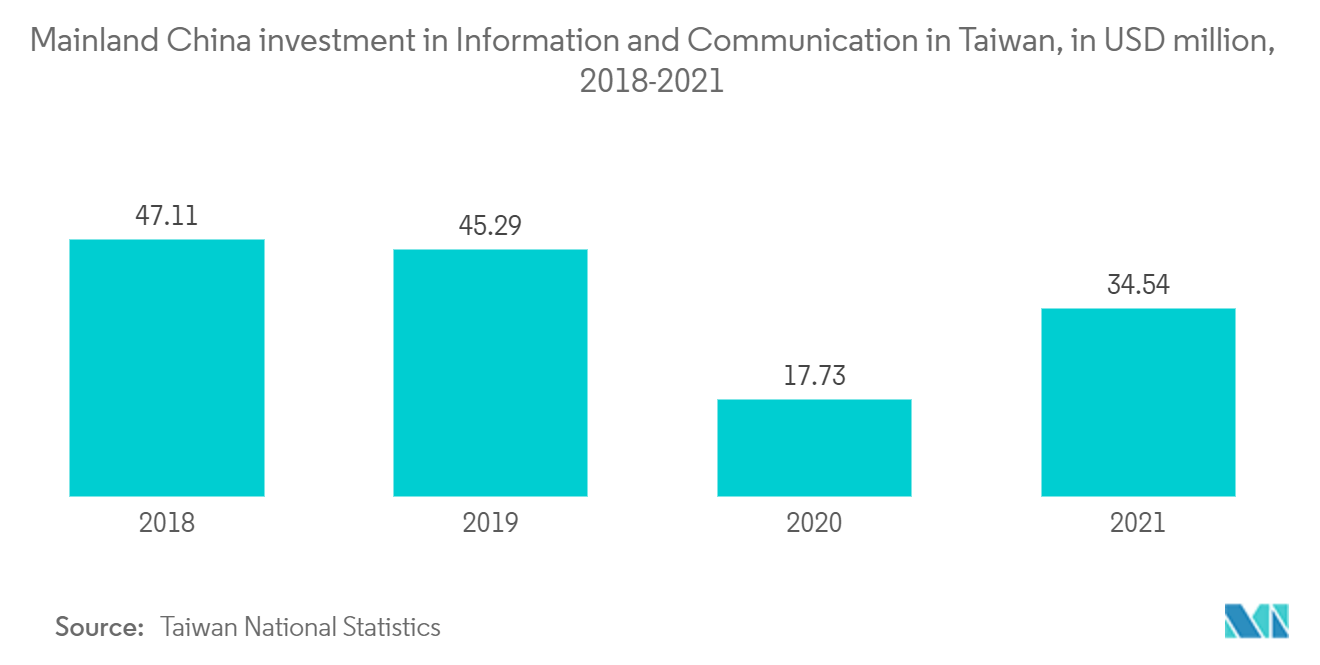Market Trends of Asia-Pacific Mobile Cloud Industry
This section covers the major market trends shaping the APAC Mobile Cloud Market according to our research experts:
The Travel Segment is Expected to Significantly Drive the Market
- Cloud computing allows businesses to pay as they go for on-demand computer services such as storage, applications, and servers, rather than managing their own IT services. Companies' operations are simplified, increasing efficiency, because of cloud technology. The internet has always been a game-changer for the travel business, and a cloud-based approach can make things much better.
- Reliable and robust network infrastructure plays a crucial role in this sector, as railways and airlines, among others, are heavily dependent on it to carry out the majority of their activities. The security of the network is also very important in the transportation sector, because any unwanted security problem would make a bigger problem for the sector and cause a lot of losses.
- The organizations operating in this sector are increasingly implementing SD-WAN infrastructure. For instance, Fortinet announced that Indigo Airlines in India had deployed its Fortinet Secure SD WAN solution across its branch offices to secure its WAN edge. The Fortinet Secure SD WAN solution combines networking and security features like routing, WAN optimization, application control, and a next-generation firewall.
- Data storage has never been easier because of the cloud's growing computer power and capacity. Data on user preferences is increasingly being used to create personalized travel packages and customer service based on the behavior and interests of travelers. Twitter, Instagram, Pinterest, and Facebook are the social media platforms that rely on cloud computing to store massive amounts of data. The way individuals travel and share their experiences on social media has drastically altered the industry.
- Data synchronization between channels is substantially facilitated by cloud computing, allowing for cross-sectional data analysis, cross-sectional regression analysis, and cluster analysis. While social media like Instagram influences millennials' trip destinations, travel agencies already know they need to get a hold of social media data to boost destination marketing.

Development of IT Infrastructure is Expected to Drive the Market
- The public cloud allows users to store and process their data and has various capabilities that consist of sharing resources to achieve economies of scale in third-party data centers. Using public cloud platforms signifies that users can use the same services without worrying about data storage and management. These are useful for organizations in reducing the potentially expensive costs of purchasing, managing, and maintaining on-premises software.
- The IBM public cloud has been built on a foundation of open-source software, security leadership, and enterprise-grade infrastructure, with more than 190 cloud-native APIs like AI, IoT, blockchain, serverless, and DevOps. This would give organizations greater flexibility to access services without vendor lock-in, which would help the public sector manage higher-value technology alongside key issues such as data, security, services, and workflows across a hybrid, multi-cloud environment. They would have access to a suite of solutions, including IBM Multi Cloud Manager, Red Hat OpenShift, IBM Cloud Paks, Cloud Garages, Power Virtual Servers on Cloud, VMware, and Cloud Migration Services.
- Given that local governments are working with legacy applications and static workloads, private cloud service appears to be a viable option for meeting the need for IT innovation without committing to a hyperscale cloud solution and the associated costs.Private solutions also offer a strong degree of stability, with fixed hosting fees from month to month. This is a major benefit for public agencies that need predictability in their budgets, which can be difficult to achieve with the multi-tiered pricing levels and various changes found with hyperscale solutions.
- IaaS is considered the most flexible layer of all the other cloud layers because of its flexibility to run on any platform or application. The growth of IaaS can be attributed to the IaaS service model's ability to transfer work to the cloud at the time of peak demand for on-premise systems.
- Platform-as-a- ServiceNow delivers application development and deployment platforms as a service. Developers use this platform, hosted in the cloud, to build, deploy, and manage the developed applications with the help of the database, middleware, development tools, languages, APIs, etc. PaaS combines the best of SaaS and IaaS. PaaS gives customers a scalable infrastructure, a set of reusable components, a framework, a platform, and tools to build different types of apps on that platform. Unlike the IaaS model, vendor support usually goes beyond just managing the infrastructure.


